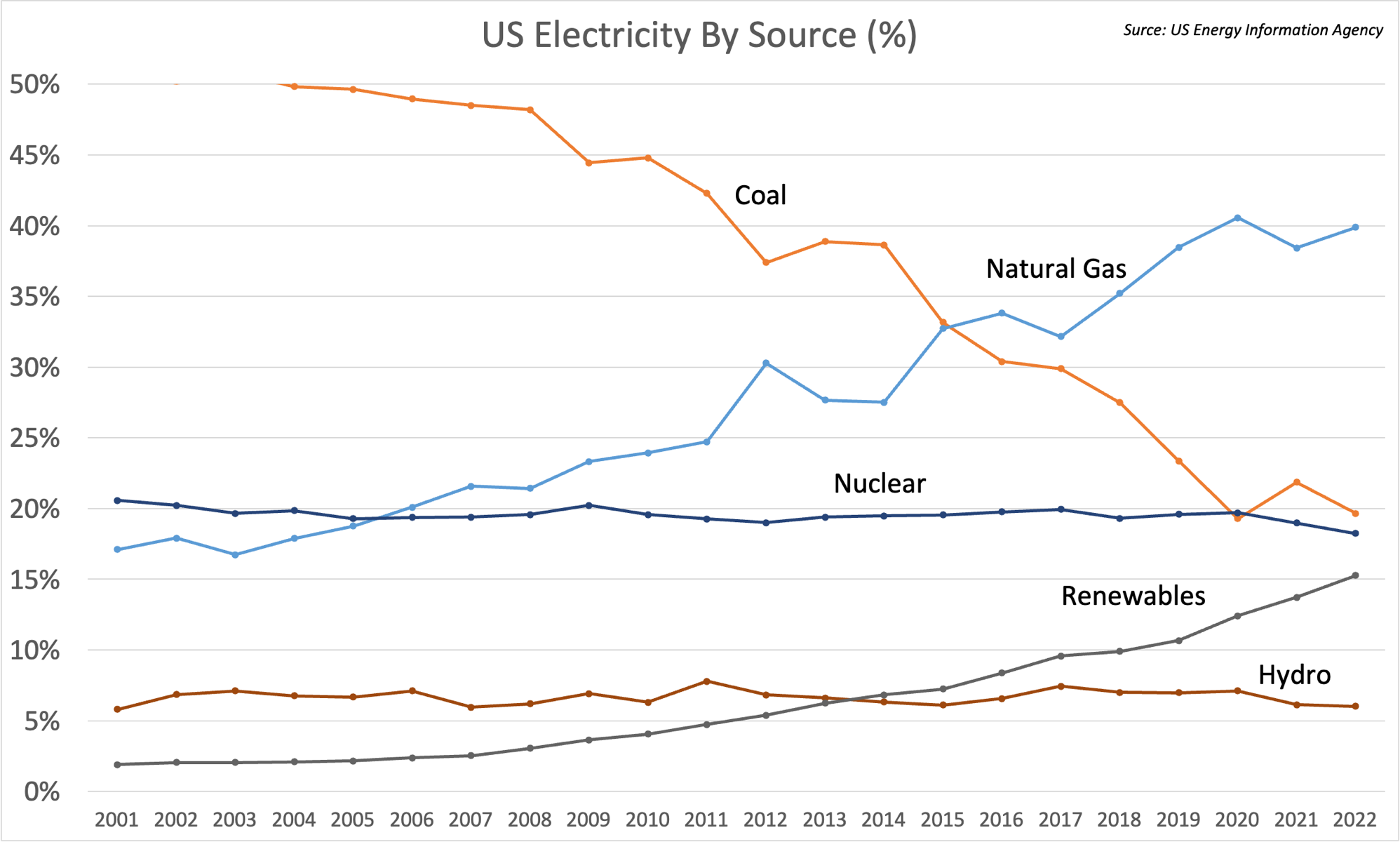It is important to understand the courts are being called upon to influence our transition to clean energy. And sometimes, those doing the calling are those who, for various reasons, do not want the transition to take place. However, if their goal is to stop the transition, such efforts have and will continue to fail. That is not being Pollyanna. Economics makes the transition inevitable. On the other hand, if their goal is to delay...then sometimes, use of the Courts works.
Let's delve into a couple of examples.
West Virginia vs. Environmental Protection Agency (EPA)
In August of 2015, President Obama unveiled the Clean Power Plan (CPP) as an initiative to combat climate change. This plan mandated individualized state carbon emission reduction goals. It allowed flexibility in achieving those targets. States were encouraged to devise strategies tailored to their unique circumstances, with the EPA prepared to intervene should a state fail to submit an effective plan. The overarching CPP objective was to curtail carbon emissions stemming from electricity generation, fostering not only a healthier environment, but also delivering tangible public health benefits, while actively addressing the challenges posed by climate change.
The basis justifying the authority behind the plan were the Clean Air Amendments of 1990. Since the language of the amendments are generally seen as ambiguous, challenges to this plan were quick to arise.
Opponents immediately declared CPP illegal. Only ten days after the EPA announced the final rules, twenty-seven states petitioned for an emergency stay. They argued the EPA overstepped its legal authority in issuing the CPP rules. On the other side, eighteen states joined the litigation in support of CPP.
The case of West Virginia vs. EPA was taken up by the US Supreme Court in October of 2021. In a 6–3 ruling issued on June 30, 2022, the Court agreed with West Virginia in deciding the EPA did indeed overstep its authority. However, it also ruled that the EPA may still continue to regulate emissions at existing plants through emission reduction technologies.
At the time, this was seen as a disaster for those promoting decarbonization with electricity generation. However, independently, and fortunately, coal as a source for electricity has been tumbling. According to the US Energy Information Agency (EIA), in 2004, coal was responsible for 50% of US electricity generation. In 2015 when CPP was introduced, it was at 33%. In 2022, it was 20%. Obviously, the impact of the ruling didn't stop the transition away from coal.
Now let's look at another case.
Cape Wind vs. Alliance to Protect Nantucket Sound
Initiated in 2001, the Cape Wind project had the objective to harness the wind to fulfill about 75% of the average electricity demand for Cape Cod, Martha's Vineyard, and Nantucket by installing 130 turbines in Nantucket Sound, just off the coast of Cape Cod.
From its initial proposal, the Cape Wind project successfully went through a lengthy and complex development and approval process, involving numerous regulatory reviews and environmental impact assessments.
Through this, Cape Wind secured approvals from:
These approvals started in 2001 with the last coming in 2011. However, this project never generated any electricity as the developer gave up the lease rights in late 2017. Twenty six lawsuits were filed against this project during its journey.
One of the lawsuits was made by a non-profit organization called the Alliance to Protect Nantucket Sound. It was appealing the decision by the MEFSB for approving Cape Wind's application to build the wind farm. They did not like the Cape Wind's location for the turbines. The proposed project was to cover 24 square miles and be located 4.8 miles from the south coast of Cape Cod, and 15.8 miles from Nantucket. The turbines would be visible from the shore. In the lawsuit, the organization claimed the MEFSB did not have the authority it was imposing. On December 18, 2006, the state's Supreme Court declared the MEFSB did have the authority which upheld MEFSB's decision.
The Alliance to Protect Nantucket Sound brought another lawsuit in June 2010, claiming that federal approvals secured by Cape Winds violated the Endangered Species Act, Migratory Bird Treaty Act, and National Environmental Policy Act. The case also made it to the Massachusetts Supreme Court and in August 2010, the Court ruled the State had the power to overrule community opposition and as result, the Cape Wind project was granted a suite of local permits it needed to start construction.
So, while these court cases had decisions in favor of Cape Winds, they, along with the other lawsuits, took its toll. They increased the project's timeline which in turn, increased the project's costs - costs not only to pay the legal fees but also costs in getting the project started. Those costs created higher project risk, which in turn made raising money more difficult.
Bottom line impact
In each of these examples, additional time was injected into the decarbonization of electricity generation but did not stop it. In West Virginia vs EPA, time did not disrupt the economic influence that is driving coal to extinction as an electricity generating source. Coal continues it downward path with EIA seeing coal producing less than 20% of US electricity generation in 2023.
With Cape Wind, the additional time made the economics of the project not viable. However, twenty years after Cape Wind, the economics of offshore wind is such where the Vineyard Wind project began construction in 2021 to produce wind generated electricity (800MW capacity for ~400,000 homes) about 15 miles off the southern coast of Martha's Vineyard and Nantucket from 62 turbines. The first turbine was successfully installed in mid-October of 2023.
